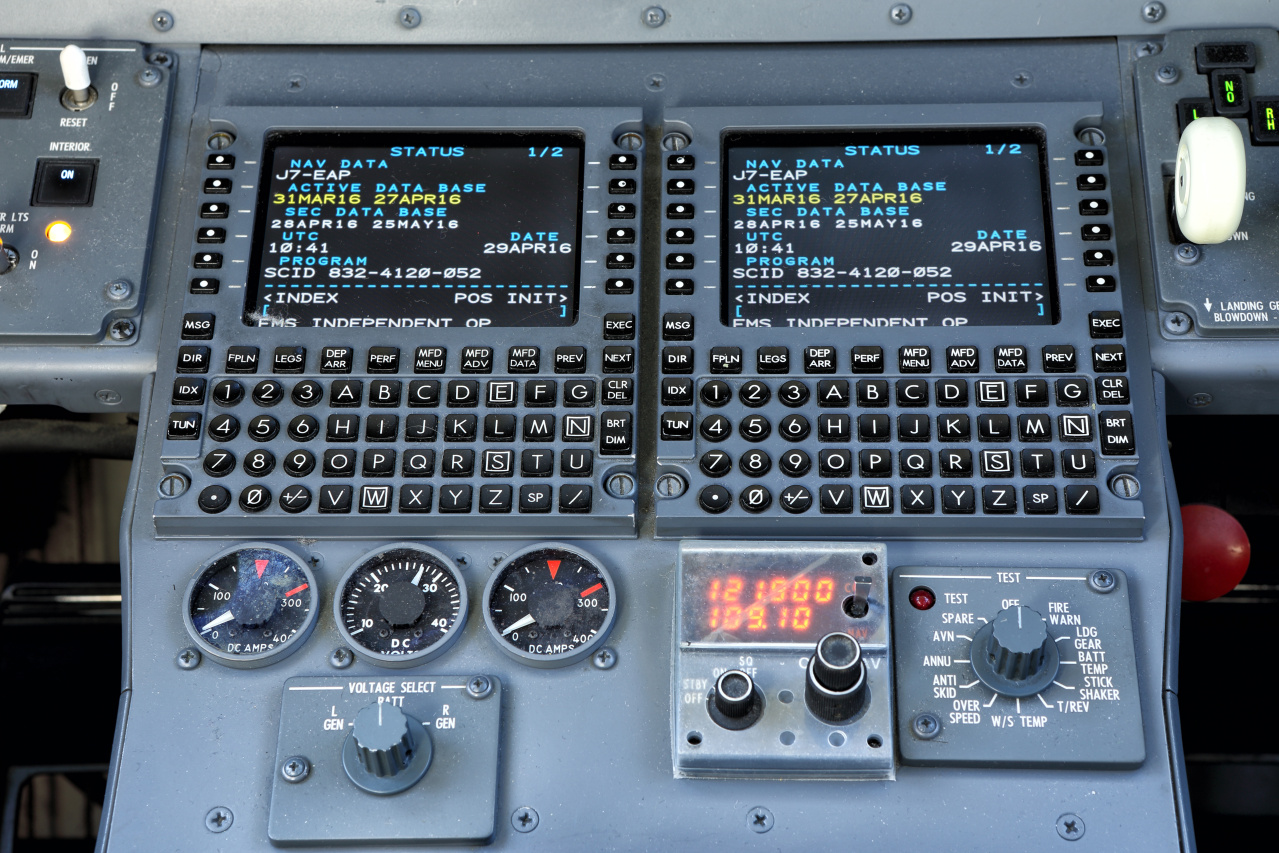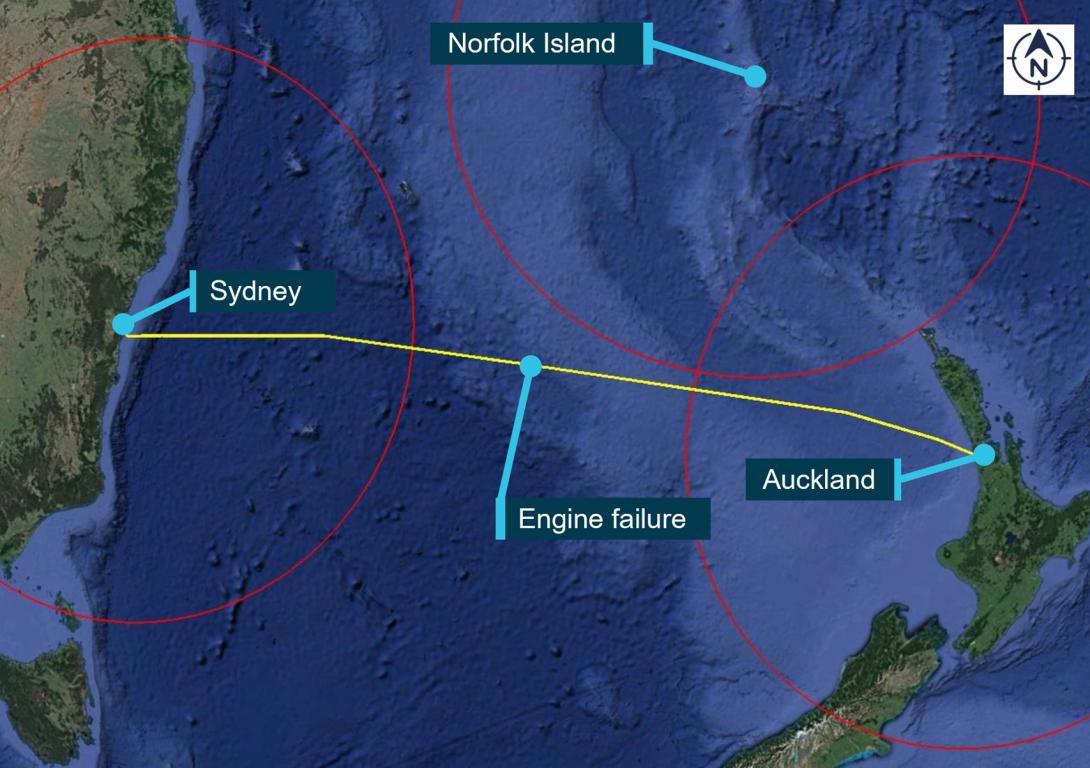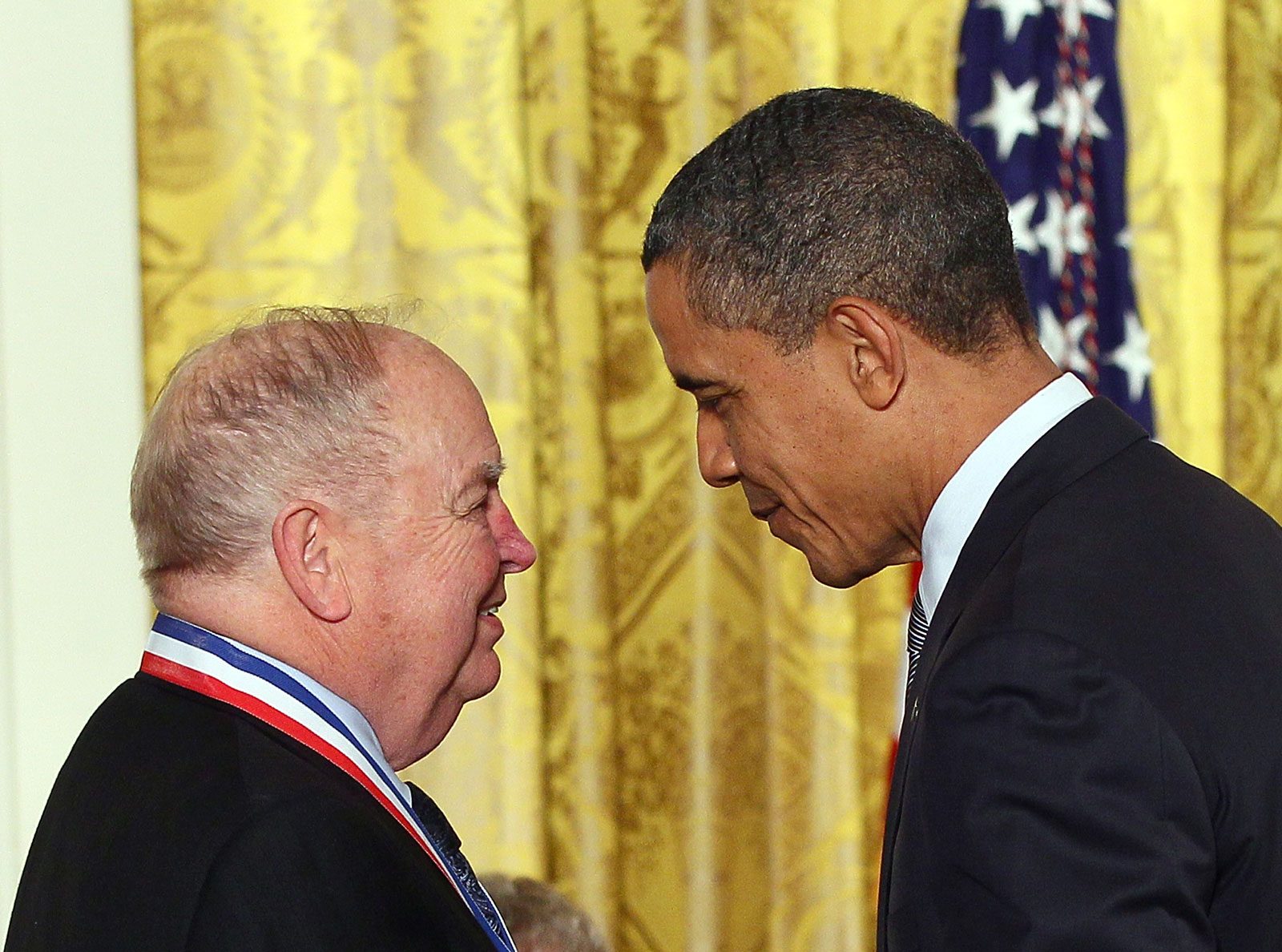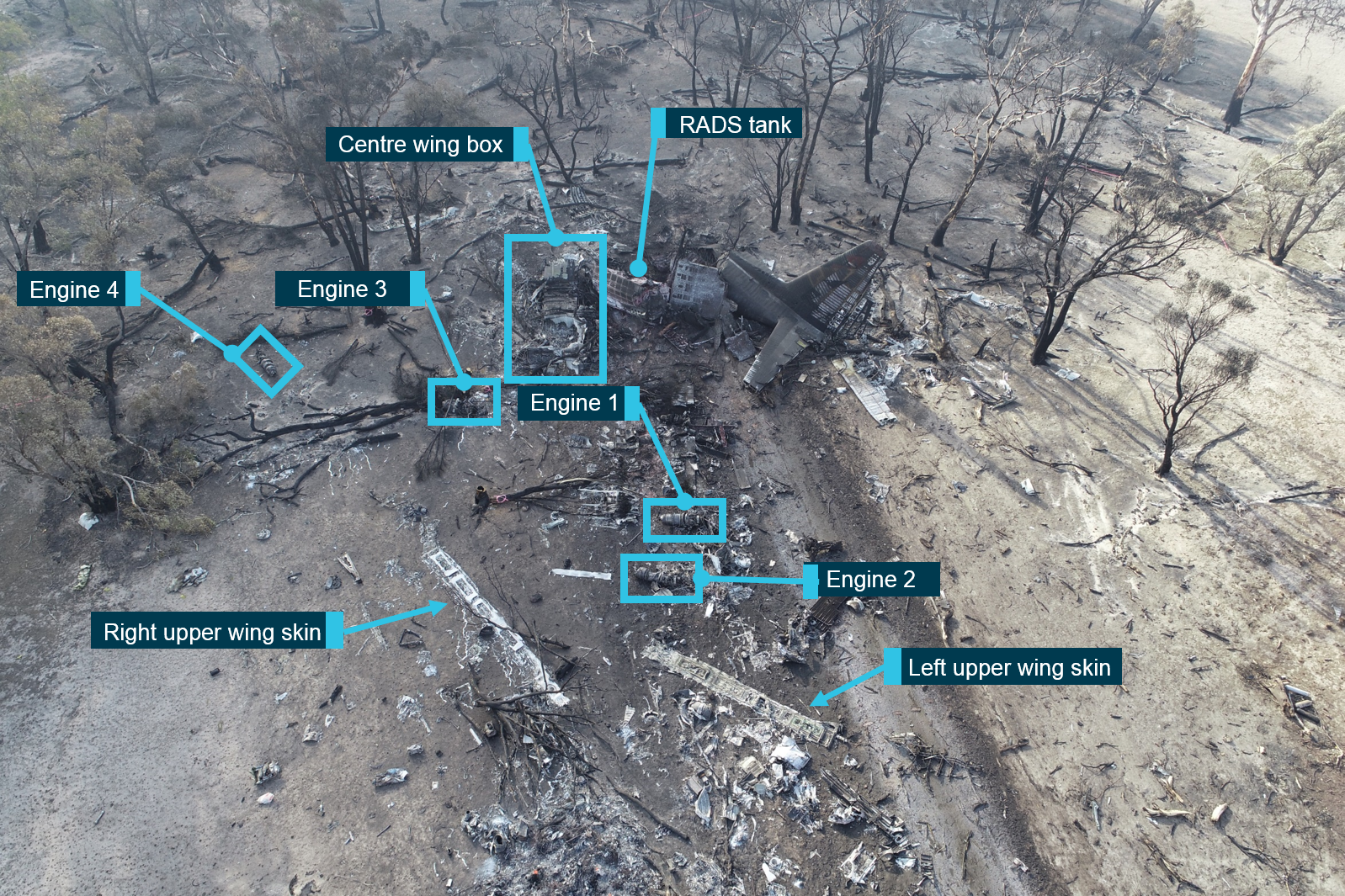A Boeing 737-800 struck a 35cm high runway marker at Belfast International (Aldergrove) Airport, in Northern Ireland, after the wrong temperature was entered into a flight management computer.
The UK Air Accidents Investigation Branch (AAIB) found the aircraft had used a ‘thrust setting which was significantly below that required for the conditions of the day.’
At a speed between 120 and 130 knots, the crew realised that the aircraft was not accelerating normally. The aircraft reached V1 with about 900 m of runway remaining, the crew estimated in later interviews, and took a significant time to lift off before climbing ‘at a very shallow angle’. It struck a 35 cm-tall marker 29 metres beyond the end of the runway, and had only climbed to only 40 feet AGL, 500 metres from the runway threshold
Because the aircraft, operated by a Canadian charter firm, flew another 16 times before the flight recorder data was downloaded, there was no data for the accident flight. Built-in test equipment on the autothrottle showed it had been set to 81.5 per cent thrust for the take-off rather than 93.3 per cent required.
Working backwards, the AAIB reasoned this low figure would have been derived if the top-of-climb outside air temperature instead of aerodrome outside air temperature (-52°C as opposed to +16°C) had been entered in the outside air temperature (OAT) field on the n1 limit page of the flight management computer, (FMC), and the correct thrust-limiting assumed temperature of 48°C was entered.
The incident, in July this year, is reminiscent of Emirates flight 407, an A340 which took off too slowly from Melbourne Airport in March 2009 and hit several structures near the end of the runway. In that case an incorrect weight, 100 tonnes less than actual weight, had been entered in the FMC.






Comments are closed.